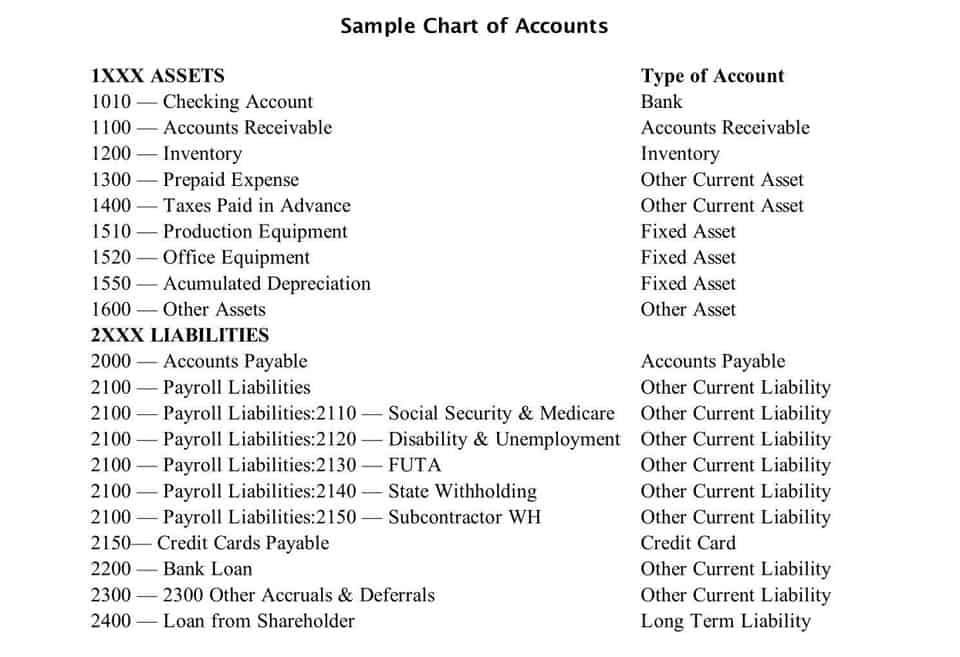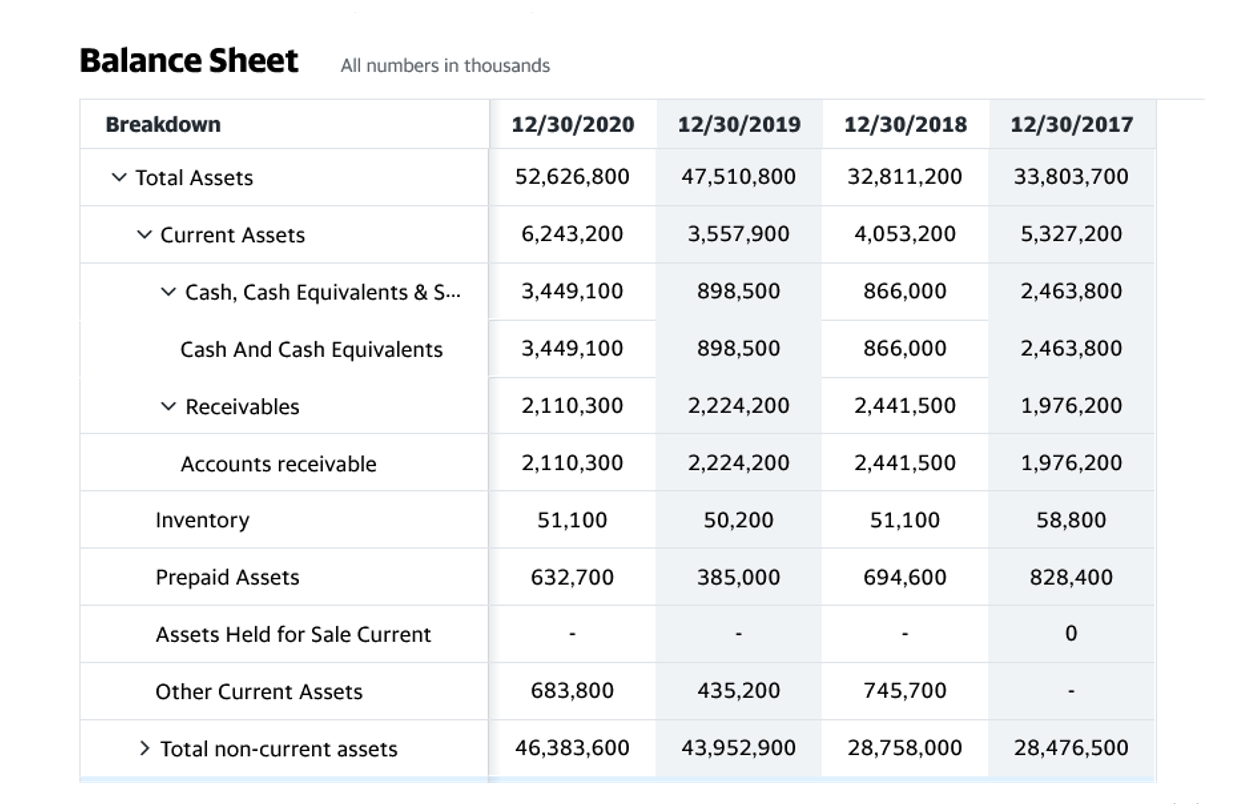
Further you can also file TDS returns, generate Form-16, use our Tax Calculator software, claim HRA, check refund status and generate rent receipts for Income Tax Filing. Check if business assets are equal to the company’s equities and liabilities. Accuracy and transparency are the norms that genuinely sustainable organizations uphold and trial balance plays an integral role in fulfilling them. A meticulous and error-free trial balance can contribute boutifully towards upholding these standards. Comprehending its accuracy is crucial since it imparts companies with insights about their profitable and non-profitable areas so they can make prudent decisions about cutting waste and reducing environmental impact.
Having explained these components individually, it’s important to understand how they collectively contribute to a company’s financial standing. ✅ All InspiredEconomist articles and guides have been fact-checked and reviewed for accuracy. Harold Averkamp (CPA, MBA) has worked as a university accounting instructor, accountant, and consultant for more than 25 years. Adjusted, unadjusted, and pre-closing are alternative Working Trial Balance (WTB) names. The Account numbers are unique identifiers assigned to each account in the general ledger.
What are the parts of trial balance?
It uses data from both the balance sheet and income statement which were derived from the trial balance. The cash flow statement further divides the cash flows into different sections – operating, investing, and financing activities. The balance sheet is another key statement that is derived from the trial balance. The asset, liability, and equity accounts from the trial balance are used to construct a balance sheet. This statement portrays a snapshot of the company’s financial position at the end of a specific period. An impeccable trial balance cannot be achieved without meticulous record-keeping.
Transferring information from T-accounts to the trial balance requires consideration of the final balance in each account. If the final balance in the ledger account (T-account) is a debit balance, you will record the total in the left column of the trial balance. If the final balance in the ledger account (T-account) is a credit balance, you will record the total in the right column. When the accounting system creates the initial report, it is considered an unadjusted trial balance because no adjustments have been made to the chart of accounts. This is simply a list of all the account balances straight out of the accounting system. Bookkeepers typically scan the year-end trial balance for posting errors to ensure that the proper accounts were debited and credited while posting journal entries.
Everything You Need To Master Financial Statement Modeling
If the trial balance doesn’t balance, your accounting team should investigate and correct errors. During the accounting close process, check that the trial balance line items are included in the general ledger. Because the identical wrong amount is entered on both the debit and credit sides of the accounts, the trial balance still balances despite these inaccuracies.

In a double-entry accounting system, you record your debits and credits in separate columns on your general ledger. For instance, you register a transaction when it occurs, then record the same transaction once you receive payment. The trial balance simply records all of the transactions listed in your general ledger accounts on a separate spreadsheet so you can ensure that your journal entries are balanced and accurate. Trial Balance only confirms that the total of all debit balances match the total of all credit balances. An example would be an incorrect debit entry being offset by an equal credit entry.
What is a trial balance used for?
While it may seem convenient to rely solely on these automated tools, it’s important to note that they are not entirely foolproof. There can occasionally be glitches or errors that can lead to a fault in the displayed trial balance. As such, even though automated tools can significantly lessen the workload, it is unwise to completely depend on them without a secondary layer of verification. Meanwhile, income and expenses are critical to assessing the company’s profitability. A successful business is expected to bring in more income than expenses, resulting in a net profit. If expenses exceed income, the result is a net loss, which could indicate a need for strategic changes.
- Advanced AI can even pull financial data straight from your invoices and other documents, and this automation increases your efficiency while boosting your overall accuracy.
- Not only can this result in legal and financial penalties, it may also damage the company’s reputation.
- Textbook content produced by OpenStax is licensed under a Creative Commons Attribution-NonCommercial-ShareAlike License .
- Conducting an initial verification to ensure the accuracy of documented information before proceeding with any extensive examinations is imperative.
- It’s important to run a trial balance report and check it during the testing process of migrating from an existing accounting system to a new system that will replace it or add new functionality.
- The trial balance supports this by ensuring that for every financial action there is a traceable and corresponding counteraction, confirming that all transactions are recorded honestly.
The foundation of a trial balance is largely dependent on the accuracy of debit and credit transactions within an organization. Even a minor error in recording these transactions can lead to significant discrepancies in the trial balance. This additional level of detail reveals the activity in an account during an accounting period, which makes it easier to conduct research and spot possible errors. For example, let’s say that you bought $600 worth of office supplies on a personal credit card, resulting in a $600 credit excess on your unadjusted trial balance. The adjusted trial balance would correct the error by adding a $600 debit to expenses. This check might reveal a basic manual data entry mistake or entries made in the wrong column or account.
Reversed Entry
A trial balance is a bookkeeping worksheet in which the balances of all ledgers are compiled into debit and credit account column totals that are equal. A company prepares a trial balance periodically, usually at the end of every reporting period. The general purpose of producing a trial balance is to ensure that the entries in a company’s bookkeeping system are mathematically correct. Each account should include an account number, description of the account, and its final debit/credit balance. In addition, it should state the final date of the accounting period for which the report is created. The main difference from the general ledger is that the general ledger shows all of the transactions by account, whereas the trial balance only shows the account totals, not each separate transaction.




